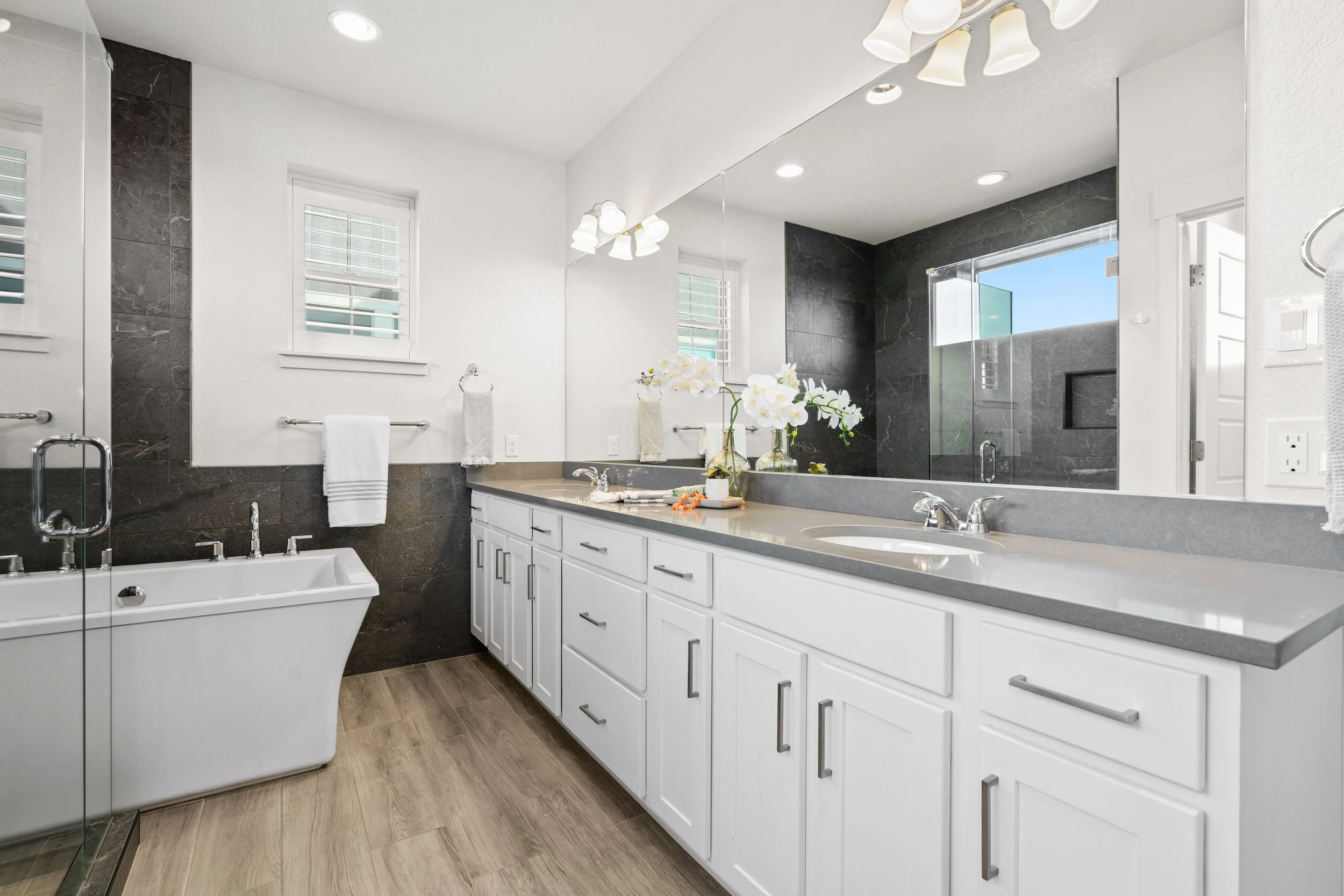Things are looking up for prospective homebuyers.
This spring homebuying season, the housing market is flashing signs that haven't been seen since before the pandemic housing boom, according to Redfin.
Sellers outnumber buyers, inventory is sitting on the market for longer, and sellers are throwing in sweeteners to help close deals. These dynamics have increasingly combined to create what Redfin sees as a buyer's market.
For one, the share of US homes selling above asking price has hit a recent springtime low of 28%. During this time last year, that number was at 32%, and during the post-pandemic housing peak in 2022, it was 53%. The number tends to rise during the springtime because the March to June period is the most popular time to buy a house.
The percentage of homes selling above asking price is an important indicator in the housing market because it measures buyer demand. In a hot market, buyers compete and bid above list price, but it appears that sellers are now losing pricing power and can't demand as high of a premium for their houses anymore.
This phenomenon is prevalent almost nationwide, with the share of homes selling above asking price falling year-over-year everywhere except in the five most populous metro areas, according to Redfin.
Home sales are slowing, and the properties that do sell are spending more time on the market. This brings us to pending home sales, which have fallen 1.1% in the last year to 87,720 for the four weeks ending June 8, 2025.
Third, the number of pending sales under contract within two weeks has dropped to 37.6%, down from above 40% this time last year. Both of these numbers are at the lowest for the spring homebuying season since 2020.
There are roughly 500,000 more sellers than buyers in the housing market. The mortgage rate lock-in effect is slowly lifting as existing homeowners move for job changes and return to office mandates.
Sellers who bought their homes for high prices during the pandemic boom are hoping to recoup their initial purchase, but they're quickly realizing buyers aren't willing to pay 2022 prices anymore. Housing affordability remains a challenge as economic turmoil and recession fears put buyers on edge.
As a result, there's a disparity between the median list price and median sale price, which is the fourth signal highlighted by Redfin. Sellers are asking for a median of $425,950, but buyers are paying a median of $397,000, which is a 7% discount. In 2021 and 2022, the opposite was true — the median sale price was usually higher than the list price.
As a result of a cooling market, sellers are forced to lower prices or offer incentives to woo buyers.
For buyers, the sellers' loss is their gain: Redfin predicts home prices could fall 1% by the end of the year.
Read more at AOL
Related Links
If there is a home that you would like more information about, if you are considering selling a property, or if you have questions about the housing market in your neighborhood, please reach out. We’re here to help.





























![15-[2232443] 2527 W Dunkeld Pl - Zachary Cornwell-15.jpg](https://images.squarespace-cdn.com/content/v1/5ca557c4aadd3455d480c583/1749825960788-5J5O8878505E5MG67EV9/15-%5B2232443%5D+2527+W+Dunkeld+Pl+-+Zachary+Cornwell-15.jpg)
![19-[2232443] 2527 W Dunkeld Pl - Zachary Cornwell-19.jpg](https://images.squarespace-cdn.com/content/v1/5ca557c4aadd3455d480c583/1749825964587-QRYU5PLXQ3KYTUHDUPIG/19-%5B2232443%5D+2527+W+Dunkeld+Pl+-+Zachary+Cornwell-19.jpg)

